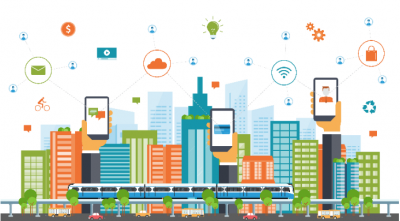 Australia’s economic future is closely linked to that of its cities. That is the main reason when Prime Minister Malcolm Turnbull took the charge unveiled a 34-page Smart Cities plan. A total of AU$28.5 million is being allocated across all areas of the country, with every project being co-funded by local governments, private companies, universities, research organisations, industry and not for profit bodies. The government also pointed out that 40 percent of the projects are located in regional areas.
Australia’s economic future is closely linked to that of its cities. That is the main reason when Prime Minister Malcolm Turnbull took the charge unveiled a 34-page Smart Cities plan. A total of AU$28.5 million is being allocated across all areas of the country, with every project being co-funded by local governments, private companies, universities, research organisations, industry and not for profit bodies. The government also pointed out that 40 percent of the projects are located in regional areas.
Key elements that will be the part of smart city project–
- Digital Infrastructure
- Climate Change
- Smart Energy
- Sustainability
- Transport & Mobility
- Affordable Housing
- Healthcare
- Education
- Migration & Refugees
Submissions and feedback received through the Smart Cities Summit in April 2016- are shaping how the Australian Government delivers the Smart Cities Plan and City Deals. In the earlier programs, it was only the big cities that got the biggest emphasis but in the new initiative, big and small both cities got equal importance. Regional capital cities in Australia are growing much faster than the national average, and with more smart city features involved to make life easier and sustainable, that rate is only expected to rise.
Now, this is changing. In July, the Smart Cities Council Australia New Zealand (SCCANZ) and the Green Building Council of Australia announced a partnership under which the two bodies would work to create a new Code for Smart Communities – a voluntary code which will provide guidance to government and private sector developers as they go about implementing the smart cities agenda.
Many regional cities were waiting to see how the new agenda would roll out in reality. Building smart cities and communities will take decades. In fact, the process will never end – it will be ongoing. So it is never too late to start.
